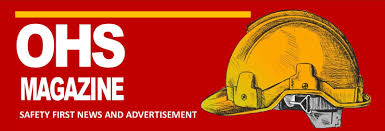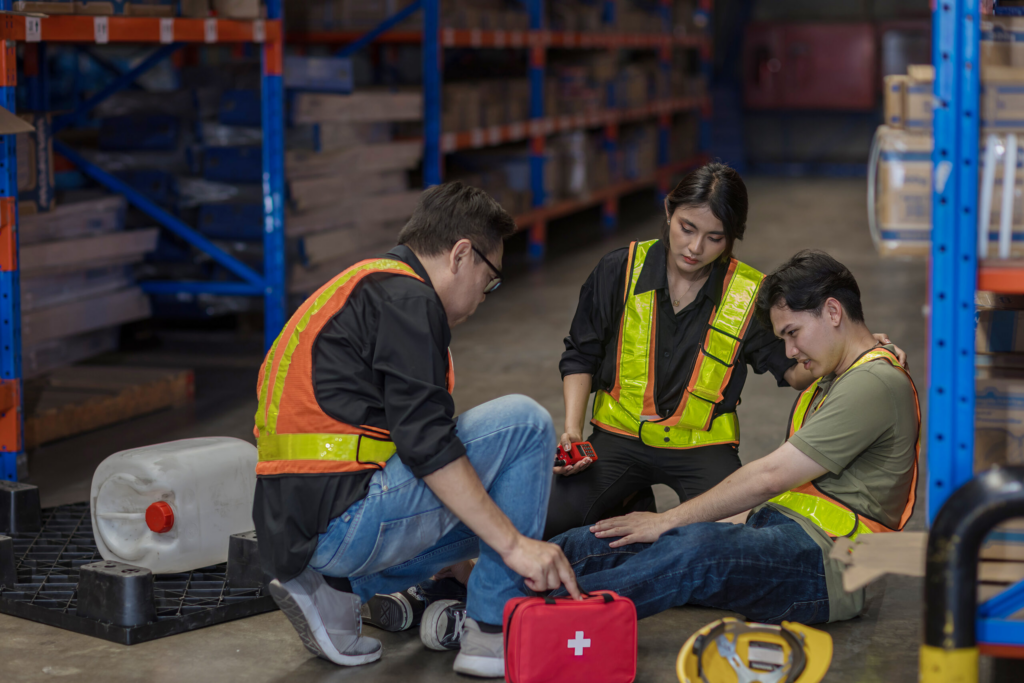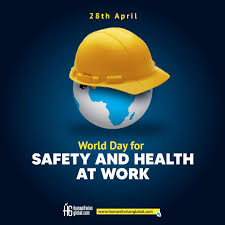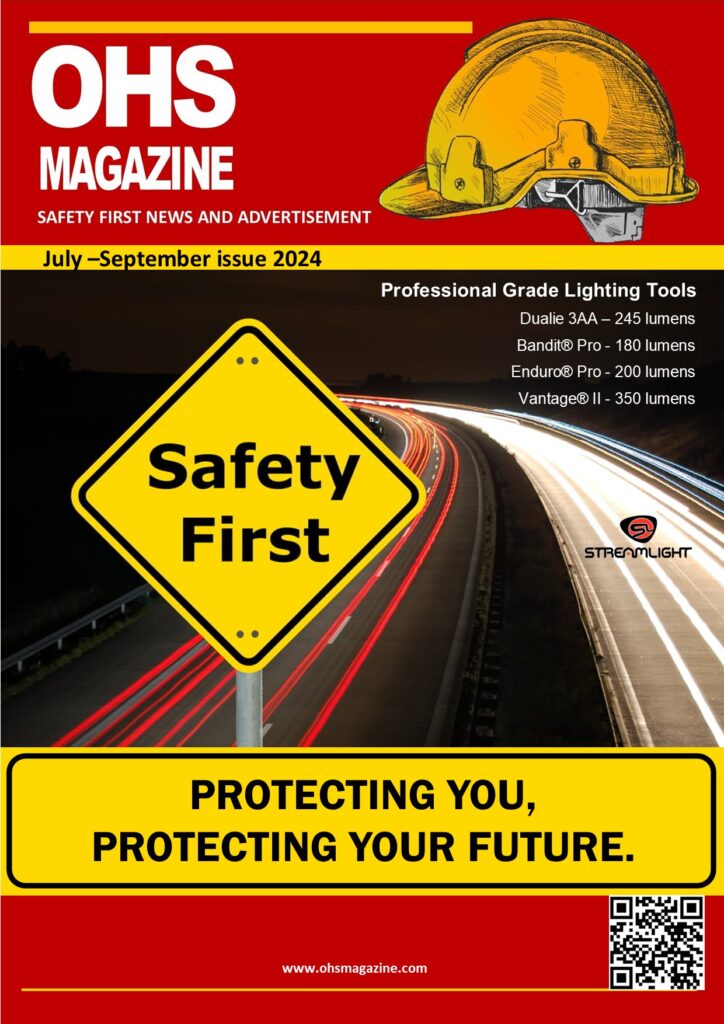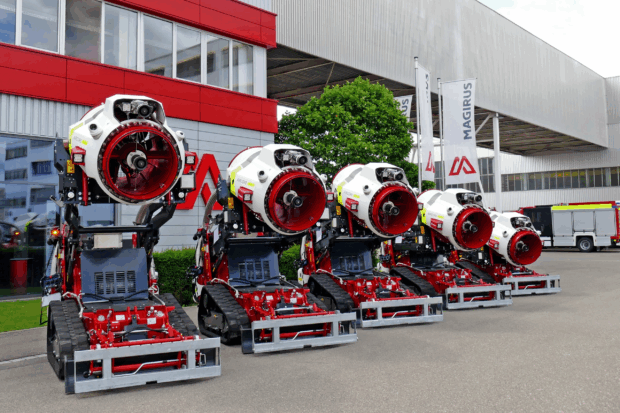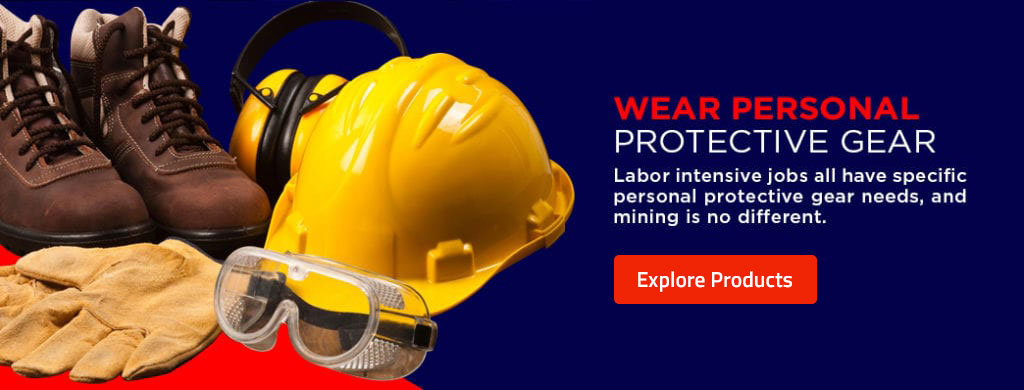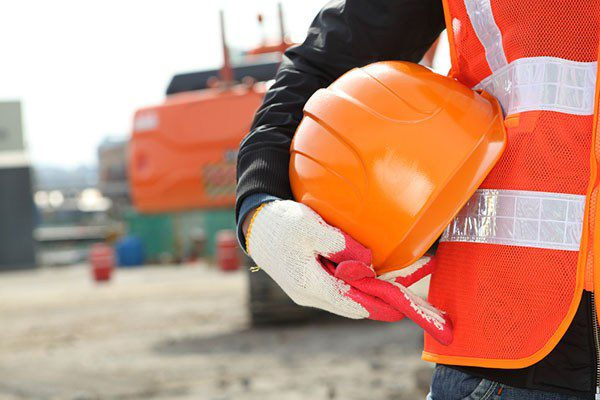Safety: Most Expensive Claims Stem from Common Workplace Accidents. Workplace accidents are an unfortunate reality for many industries, and while safety protocols and measures have come a long way, certain types of accidents continue to occur with alarming regularity. These incidents not only have a profound impact on workers but also come with hefty financial consequences for employers. A deeper understanding of the most common accidents and their associated costs can help organizations implement targeted safety measures to reduce both the human and economic toll of workplace injuries.
The Costliest Workplace Accidents
Data from numerous studies, including reports from the National Safety Council (NSC) and other occupational health organizations, consistently show that certain types of accidents lead to the most expensive workers’ compensation claims. These costs include medical expenses, legal fees, lost productivity, and other related expenses. Let’s break down the top workplace accidents that result in the costliest claims:
1. Slips, Trips, and Falls
Slips, trips, and falls remain one of the most frequent causes of workplace injuries, particularly in industries like construction, manufacturing, and healthcare. Falls can result in anything from minor sprains to life-altering spinal injuries or even death. According to the NSC, falls are responsible for over 30% of total workers’ compensation claims and rank among the costliest. A single fall-related injury can cost employers tens of thousands of dollars in direct and indirect costs.
Prevention Tips:
Employers should regularly inspect walking surfaces for hazards, ensure proper signage is used, and provide employees with slip-resistant footwear where necessary. Investing in ongoing safety training can also reduce the likelihood of these accidents.
2. Overexertion and Musculoskeletal Injuries
Overexertion injuries, often caused by lifting, pushing, pulling, or carrying heavy loads, lead to severe musculoskeletal disorders (MSDs). These injuries tend to develop over time and can result in chronic pain and long-term disability, making them among the most expensive to treat and compensate for.
In industries like logistics, warehousing, and healthcare, where manual handling is frequent, overexertion is a persistent challenge. These injuries not only result in high medical costs but also long periods of worker absence, further driving up costs for employers.
Prevention Tips:
Implement ergonomic solutions, such as lifting aids, adjustable workstations, and proper body mechanics training, to reduce the risk of overexertion injuries. Regular ergonomic assessments can identify potential hazards before they lead to injury.
3. Struck by Objects or Equipment
In workplaces with heavy machinery or moving equipment, the risk of being struck by objects is high. These accidents can result from falling tools, materials, or equipment malfunctions. Construction sites and manufacturing plants are particularly prone to this type of incident. Injuries from being struck by an object can range from minor cuts to severe trauma or fatalities.
These incidents are costly, not just because of the physical injuries but also due to the potential for litigation if machinery is found to be faulty or improperly maintained.
Prevention Tips:
Employers should enforce the use of personal protective equipment (PPE) such as hard hats, and regularly inspect equipment to ensure it is in safe working condition. Training workers on the dangers of working near machinery and moving objects is also essential.
4. Vehicle-Related Accidents
For workers who drive or operate vehicles as part of their job, motor vehicle accidents are a significant risk. This includes delivery drivers, truck drivers, or workers operating forklifts and other vehicles on-site. These accidents often result in severe injuries or fatalities, making them some of the costliest claims.
Beyond the immediate medical and compensation costs, vehicle-related accidents can also lead to damage to company property and expensive legal settlements.
Prevention Tips:
Strict adherence to road safety protocols and regular vehicle maintenance checks can greatly reduce the risk of accidents. For companies with vehicle fleets, investing in driver safety training and telematics systems that monitor driver behavior can be beneficial.
The Financial Impact of Workplace Accidents
According to the Liberty Mutual Workplace Safety Index, U.S. employers spend more than $1 billion per week on serious, non-fatal workplace injuries. The economic impact of these injuries goes beyond just the cost of medical treatment and workers’ compensation claims. Lost productivity, temporary staffing, equipment repair, and damage to company reputation can add to the financial burden.
For small to medium-sized businesses, these costs can be particularly devastating, potentially threatening their operations. Therefore, understanding the financial ramifications of common workplace accidents is essential for employers to justify the investment in safety programs and accident prevention measures.
The Role of Safety Culture in Reducing Costs
A proactive safety culture is the best defense against costly workplace accidents. When organizations prioritize safety, from the executive level to the front-line workers, it leads to fewer accidents, reduced costs, and improved employee morale.
Key strategies for building a proactive safety culture include:
- Continuous Safety Training: Regular training on safety protocols and emergency procedures can help workers stay aware of hazards and respond appropriately.
- Employee Involvement: Engaging employees in safety audits and hazard identification creates a sense of ownership and accountability for workplace safety.
- Leadership Commitment: When management actively supports safety initiatives, it encourages employees to take safety seriously. Most Expensive Claims Stem from Common Workplace Accidents.
Conclusion
Workplace accidents are not only a matter of health and safety—they represent a significant financial risk for businesses. By focusing on the prevention of the most common and costly accidents, such as slips, falls, overexertion, and vehicle-related incidents, employers can protect both their workers and their bottom line. Prioritizing safety and fostering a proactive safety culture are key to mitigating risks and reducing the burden of costly workplace claims.
As we move forward, the commitment to safety must remain at the forefront of every organization’s agenda—not only to save lives but also to protect the sustainability and profitability of businesses in today’s competitive landscape.
McRey, OHS Magazine Editor
